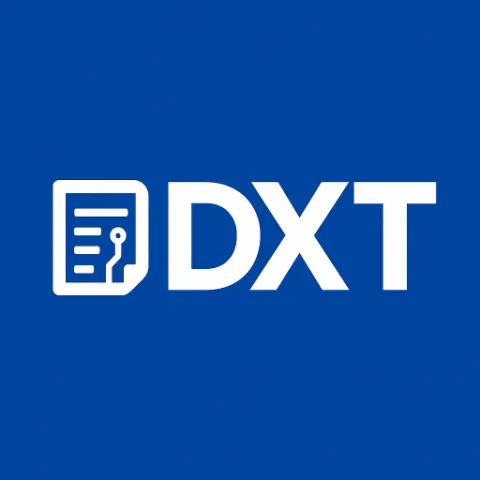
Create Customized AI Models Tailored to Your Needs Without Writing a Single Line of Code
Imagine having an AI assistant built specifically for your industry, hobby, or workflow—without needing programming skills. With ChatGPT Plus, you can now build your own GPTs (Generative Pre-trained Transformers) using simple no-code tools. This tutorial walks you through how to create, customize, and deploy your own GPTs to supercharge your productivity.
🔍 What Are Custom GPTs?
Custom GPTs are AI models that:
Are fine-tuned or configured with your specific data, instructions, or personality
Serve niche purposes, like answering FAQs, writing specialized content, or automating repetitive tasks
Can be shared or kept private for your team or personal use
🚀 Why Build Your Own GPT?
Tailor the AI’s knowledge to your domain or style
Improve accuracy and relevance for specific tasks
Save time by automating unique workflows
Empower non-technical users to harness AI fully
⚙️ How to Build a GPT in ChatGPT Plus (Step-by-Step)
Subscribe to ChatGPT Plus:
Ensure you have an active ChatGPT Plus subscription for access to custom GPT features.Access the GPT Builder:
In ChatGPT’s interface, navigate to the “Explore GPTs” option, then select “Create your own GPT.”Define Your GPT’s Purpose:
Provide a name and description that outlines what your GPT will do.Add Custom Instructions:
Specify how your GPT should respond, its tone, and any background info or limitations.Upload Data or Examples:
You can upload files, add sample prompts, or provide specific knowledge sources your GPT should use.Test Your GPT:
Interact with your custom model, refine instructions, and tweak settings as needed.Deploy and Share:
Once satisfied, save your GPT. Share it with colleagues or keep it private.
🧰 Use Cases for Custom GPTs
Customer Support: A GPT trained on your product manuals and FAQs to instantly assist customers.
Content Creation: A GPT specialized in your brand’s tone to draft blogs and social posts.
Education: A tutor GPT focused on particular subjects or curricula.
Personal Assistant: GPT that understands your calendar, preferences, and daily routines.
💡 Tips for Success
Start simple and iterate based on feedback
Use clear, consistent examples and instructions
Regularly update your GPT with new info or corrections
Combine with prompt engineering for complex tasks
Test across multiple scenarios to ensure reliability
🎯 Final Thoughts
Building your own GPTs unlocks a new level of AI customization and productivity—without needing coding skills. It empowers anyone to create AI tools perfectly suited for their unique needs, streamlining workflows and amplifying creativity.
🔜 Next Up:
ChatGPT Plugins: What They Are and How to Use Them
